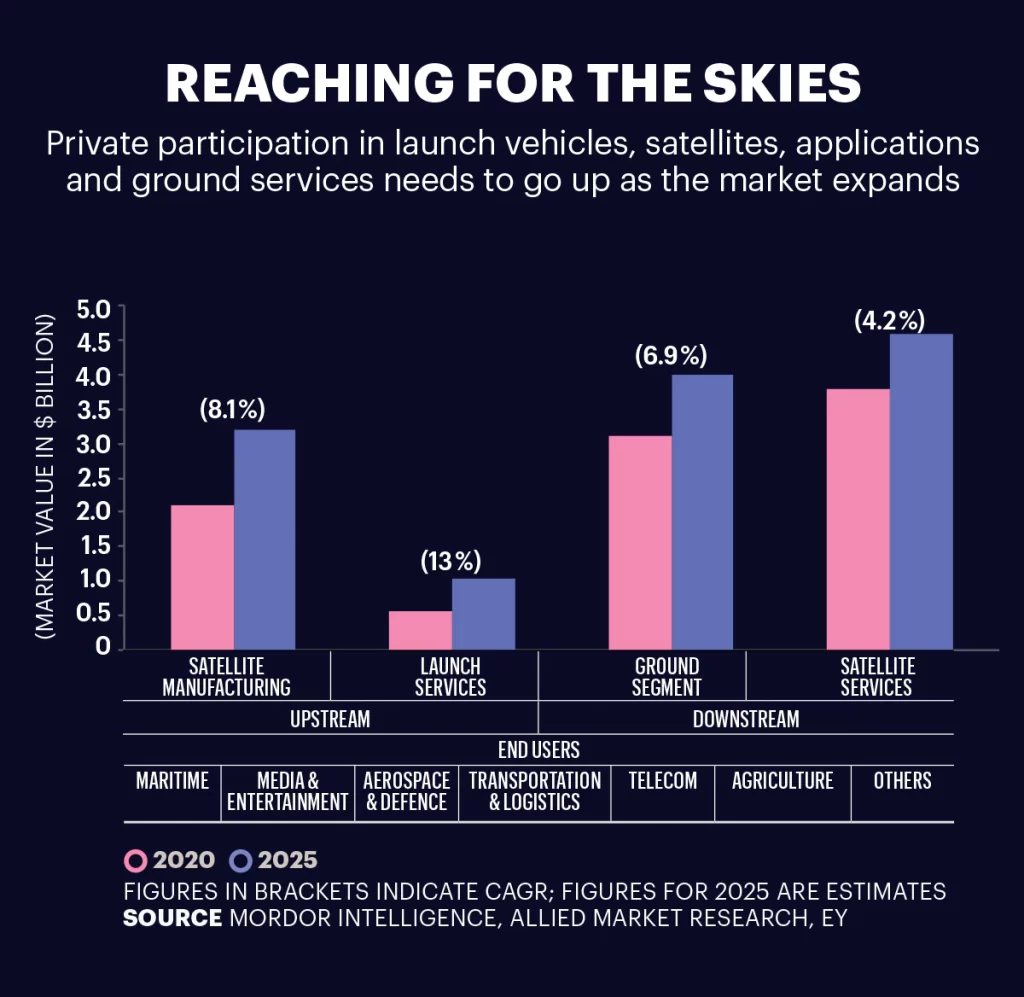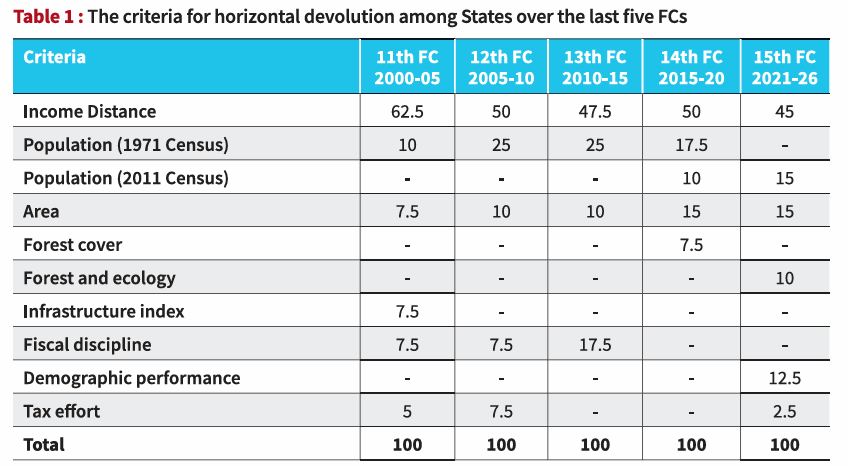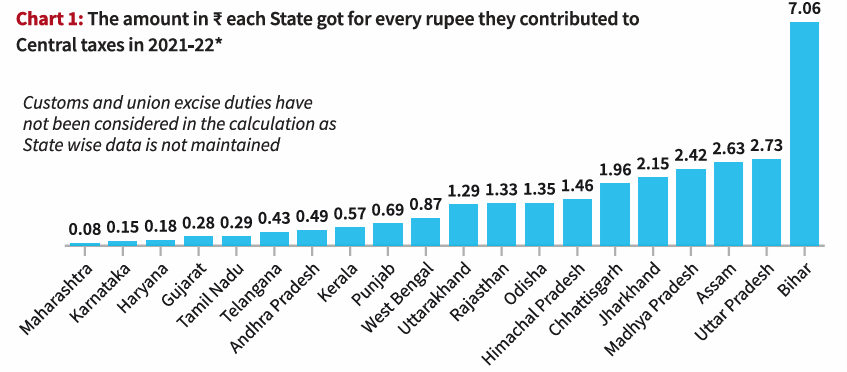CONTENTS
- Private Participation in the Indian Space Sector
- On Financial Devolution Among States
Space Sector Regulations
Context:
The final frontier was once considered to be space, but ongoing exploration has transformed it, replacing romantic ideals with narratives intertwined with financial, socio-economic, and geopolitical implications. Traditionally, space technologies and flights were costly and risky endeavors primarily undertaken by national agencies. However, this paradigm has shifted, with private-sector entities increasingly expected to play a significant role by identifying market opportunities and driving rapid innovation.
Relevance:
GS3-Science and Technology
- Space Technology
- Achievements of Indians in Science and Technology
Mains Question:
Recently, the Indian government further embraced private sector involvement by permitting 100% foreign direct investments (FDI) in the “manufacturing of components and systems/sub-systems for satellites, ground segment, and user segment.” In this context, analyse the necessity of private participation in the space sector and the hurdles in this regard. (15 Marks, 250 Words).
Space Sector in India:
- India’s prowess in the global space sector is acknowledged, particularly for constructing cost-effective satellites, and the country has extended its capabilities to launch foreign satellites into space.
- In adherence to its commitment to the Geneva Conference on Disarmament (1979), India consistently advocates for the peaceful and civilian use of outer space, vehemently opposing any militarization of space capabilities or programs.
- ISRO stands as the world’s 6th largest space agency, boasting an exceptional success rate. Additionally, India holds the fifth position globally in the number of space companies, with over 400 private entities, as reported by the Economic Survey of India, which has documented over 100 active space companies since 2012.
Recent Advancements in India’s Space Sector:
- The establishment of the Defence Space Agency (DSA), backed by the Defence Space Research Organisation (DSRO), marks a recent development in India’s space endeavors.
- The DSA is mandated to develop weapons aimed at “degrading, disrupting, destroying, or deceiving an adversary’s space capability.”
- The Indian Prime Minister officially launched the Defence Space Mission at the Defence Expo 2022 in Gandhinagar.
- India is also poised to expand its satellite-manufacturing capabilities, with the opportunity expected to reach USD 3.2 billion by 2025, a substantial increase from USD 2.1 billion in 2020.
- In a bid to foster space research among the youth, ISRO initiated the SAMVAD Program at its Bengaluru facility. This Student Outreach Program is designed to encourage and nurture space research endeavors among young minds.
- In 2020, India embarked on a transformative journey by initiating state-led reforms that opened the space sector to private companies.
- Subsequent developments included the introduction of the ‘Geospatial Guidelines’ and the ‘Indian Space Policy,’ the establishment of the Indian National Space Promotion and Authorization Centre (IN-SPACe), and the enactment of the Telecommunications Act 2023.
- This legislation, deviating from the Indian Telegraph Act of 1885, paved the way for satellite broadband services.
- On February 21, 2024, the Indian government further embraced private sector involvement by permitting 100% foreign direct investments (FDI) in the “manufacturing of components and systems/sub-systems for satellites, ground segment, and user segment.”
- The government allowed up to 74% FDI in satellite manufacturing, operations, and data products, and up to 49% in launch vehicles, space ports, and their corresponding systems.

Relevance of the Recent Steps:
- By facilitating substantial FDI through the automatic route, the government has taken a logical step to encourage private space flight operators, technology developers, and application designers to contribute significantly to the national space economy. These efforts align with the ambitions outlined in the Space Policy.
- The decision empowers India to leverage its relatively unhindered foreign relations to narrow the gap with China’s more advanced position in space capabilities.
- While the Chinese space program benefits from considerable private sector involvement, its capacity to attract foreign investments is hindered by aggressive foreign policies and the Xi Jinping administration’s strategy to modernize the military by incorporating civilian technologies for military purposes – a policy shared by other countries, including the U.S.
- Pawan K. Goenka, the chairman of IN-SPACe, highlights that a “significant” portion of the $37.1 billion raised globally in the space sector from 2021-2023 went to space start-ups.
- In this broader context, fresh investments have the potential to enhance India’s space economy by facilitating improved access to talent and capital for start-ups.
Conclusion:
This could also achieve a better equilibrium between upstream and downstream opportunities, addressing the current bias towards the former. Additionally, it could stimulate local manufacturing and enhance investor confidence. To sustain these positive changes, the government must maintain a clear regulatory environment, reduce bureaucratic hurdles, increase public support, and facilitate Indian companies’ access to foreign markets.
On Financial Devolution Among States
Context:
Lately, several States governed by Opposition parties, particularly those in southern India, have asserted that they are not receiving an equitable portion under the current financial distribution system. They have raised concerns about the imbalance between their contribution to tax collection and the share of tax revenue they receive.
Relevance:
GS2- Governance
- Issues and Challenges Pertaining to the Federal Structure
- Devolution of Powers and Finances up to Local Levels and Challenges Therein
GS3- Indian Economy and issues relating to Planning, Mobilization of Resources, Growth, Development and Employment.
Mains Question:
Recently, various states have raised concerns about the imbalance between their contribution to tax collection and the share of tax revenue they receive under the financial devolution of taxes. How far are such concerns valid and what can be done to minimise such issues of insufficient financing? (15 Marks, 250 Words).
Basics of Financial Devolution:
- The divisible pool of taxes, as outlined in Article 270 of the Constitution, dictates the distribution of net tax proceeds collected by the Union government among the Centre and the States.
- This includes taxes like corporation tax, personal income tax, Central GST, and the Centre’s portion of the Integrated Goods and Services Tax (IGST), among others.
- The Finance Commission, established every five years in accordance with Article 280, recommends this division.
- In addition to tax shares, States also receive grants-in-aid based on the Finance Commission’s recommendations. It’s essential to note that the divisible pool excludes cess and surcharge imposed by the Centre.
The Finance Commission:
- The Finance Commission (FC), formed every five years, is an exclusive body constituted by the Union Government. It comprises a chairman and four members appointed by the President, with the qualifications specified in the Finance Commission (Miscellaneous Provisions) Act, 1951.
- The Union government has notified the establishment of the 16th Finance Commission, chaired by Dr. Arvind Panagariya, tasked with making recommendations for the period from 2026 to 2031.
- Regarding the basis for allocation, the 15th FC recommended a 41% share for States from the divisible pool (vertical devolution).
- The distribution among States (horizontal devolution) is determined by various criteria, as outlined below:

- The criteria from the 15th FC can be briefly explained as follows: ‘Income distance’ measures a State’s income distance from the one with the highest per capita income (Haryana), ensuring higher shares for states with lower per capita income to maintain equity.
- ‘Population’ refers to the 2011 Census, replacing the 1971 Census used until the 14th FC.
- ‘Forest and ecology’ consider each State’s share of dense forests in relation to the aggregate dense forest of all States.
- The ‘demographic performance’ criterion rewards efforts to control population growth, with states having a lower fertility ratio receiving higher scores.
- ‘Tax effort’ rewards states with efficient tax collection.
What challenges exist?
- Firstly, approximately 23% of the Union government’s gross tax receipts for the fiscal year 2024-25 are derived from cess and surcharge, which do not constitute part of the divisible pool and, therefore, are not shared with the States.
- To put this into perspective, the total tax revenue for the Union government in the years 2022-23 (actual), 2023-24 (revised estimates), and 2024-25 (Budget estimates) is ₹30.5 trillion, ₹34.4 trillion, and ₹38.8 trillion, respectively.
- The State’s share for the same periods is ₹9.5 trillion, ₹11.0 trillion, and ₹12.2 trillion, respectively, making up about 32% of the Centre’s total tax receipts. This falls significantly short of the 41% recommended by the 15th Finance Commission.
- Cess, such as the GST compensation cess, is earmarked for repaying loans taken to compensate States for the shortfall in tax collection during the 2017-22 GST implementation period.
- Some of these funds also support centrally sponsored schemes benefiting the States, but the States have no control over these components.
- Secondly, there is considerable disparity in the amount each State receives in return for every rupee contributed to Central taxes, as illustrated below for the year 2021-22.

- Industrially developed States receive considerably less than a rupee for every rupee contributed, contrasting with States like Uttar Pradesh and Bihar.
- This discrepancy is partly attributed to the concentration of corporate headquarters in these state capitals, where they remit their direct taxes.
- However, variations in GST collection among different States also contribute to this disparity.
- Thirdly, there has been a decreasing trend in the percentage share of southern States in the divisible pool of taxes over the past six Finance Commissions, as depicted below.

- This decline can be attributed to a higher emphasis on equity factors (income gap) and needs criteria (population, area, and forest) compared to efficiency factors (demographic performance and tax effort).
- Furthermore, the allocation of grants-in-aid varies among different States based on the recommendations of the Finance Commission.
- According to the 15th Finance Commission, revenue deficit, sector-specific, and state-specific grants are provided to various states, along with grants to local bodies determined by the population and area of the states.
Way Forward:
- It, it is crucial to recognize that states generate approximately 40% of the revenue and bear around 60% of the expenditure. The Finance Commission and its recommendations aim to address this imbalance and propose a fair mechanism for revenue sharing.
- It is the collective responsibility of all states to contribute to the more equitable development of the country. However, to maintain a balance between equity and federalism in revenue sharing, three important reforms may be considered.
- Firstly, the expandable nature of the divisible pool can be achieved by incorporating a portion of cess and surcharge into it. To promote this, the Centre should gradually phase out various cesses and surcharges, streamlining tax slabs accordingly.
- Secondly, there should be an augmentation of the weightage given to efficiency criteria in horizontal devolution.
- Given that GST is a consumption-based destination tax equally shared between the Union and the States, the State GST accrual (including Integrated GST settlement on inter-state sales) should align with the Central GST accrual from a State.
- Therefore, the relative GST contribution from States could be included as a criterion in future Finance Commissions, with appropriate weightage.
- Finally, akin to the GST council, there should be a more structured arrangement for the participation of States in the formation and functioning of the Finance Commission.
- These proposed measures necessitate thorough discussion and implementation by the Centre in consultation with all the States.
- It is also vital that States uphold the principles of fiscal federalism by devolving sufficient resources to local bodies, ensuring vibrant and accountable development.
Conclusion:
The constitutional framework has consistently supported a robust central authority in legislative, administrative, and financial matters. Nonetheless, federalism remains a fundamental characteristic, and it is crucial to ensure that states do not perceive an unfair treatment in the allocation of resources.




